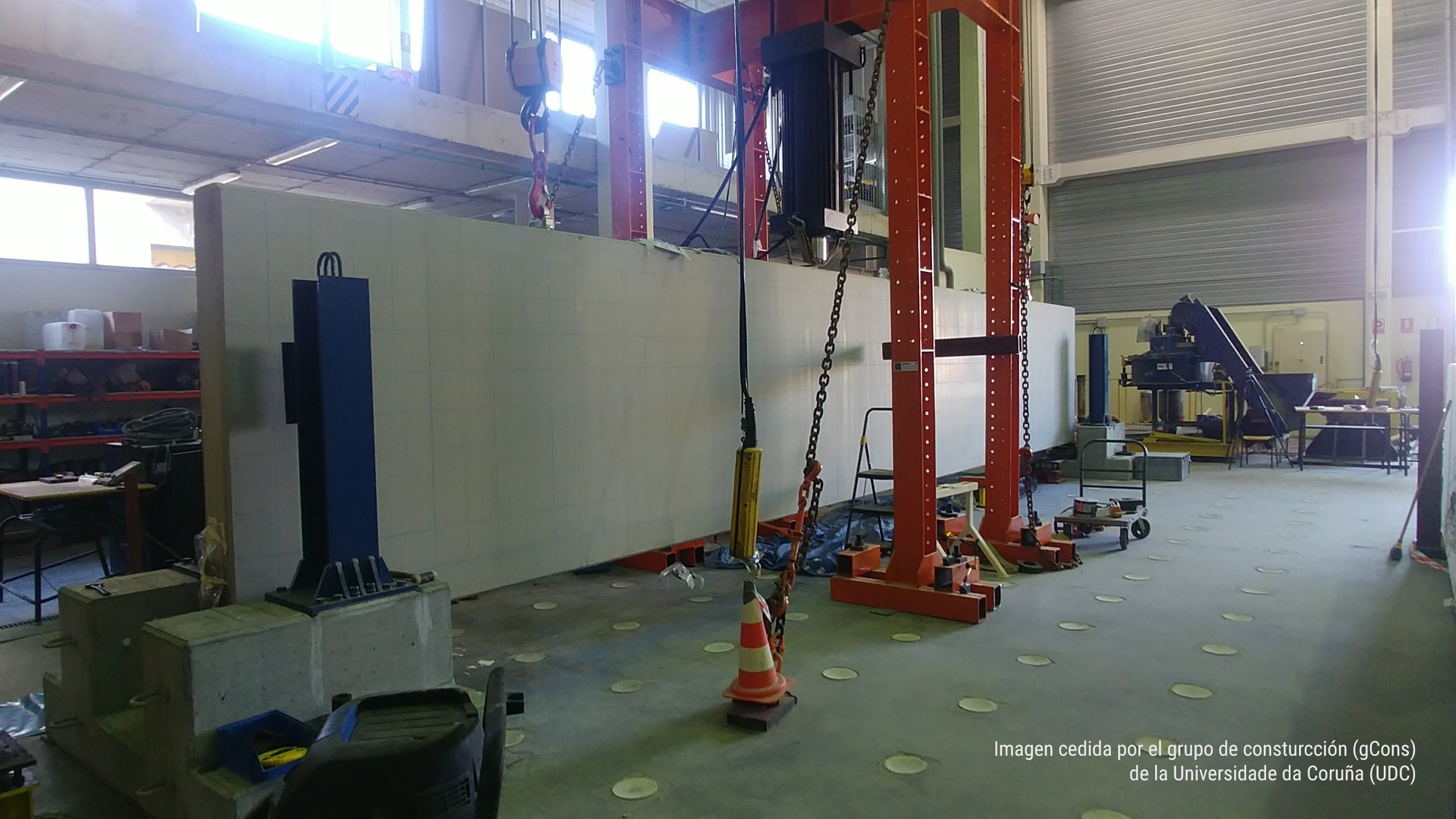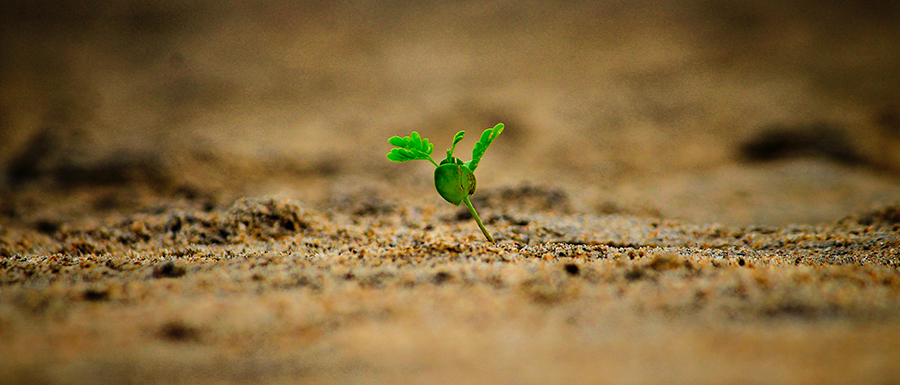04.2020
Structural glass - Standards, bibliography and recommended webpages
To close the structural glass series we summarize on the following sections main standards to consider, technical documents regarding structural glass design and assessment and some interesting webspages with additional information. On the following section main Spanish and European standards are listed, along with some supporting standards and technical documents from different countries that could help on structural glass design. On bibliography section we collect main titles used as documentation for the preparation of the series where more extended information can be consulted. We also collect some webpages with interesting technical information about products mentioned through the series and some practical examples of different structural glass solutions.
04.2020
Structural glass - Connections
Once summarized fracture mechanics on the last post, we now will go through a short brief of main considerations regarding connections on glass structures. This is a crucial topic as, same as classic structures, joints and connections are usual points where structural failure starts when not designed or executed properly.
Traditionally, when assessing unions between glass and other elements, basic criteria is to avoid any contact between glass and more rigid materials as this can cause stress concentration points leading to glass breakage. Although this is still mandatory nowadays, progressive advances on the last years had made available a wide range of choices for glass connections design.
04.2020
Structural glass - Fracture mechanics
After summarazing structural analysis and model elaboration in our previous post we now go through the assessment of glass fracture processes and stregth. Fracture mechanics on glass elements are a very complex subject with a vast bibliography and would require too much time to achieve a deep understanding of the whole phenomena. We will try here to summarize main topics to try to explain the whole process in a simple and afordable way.
The random glass molecular structure formed by an irregular network of silicon and oxygen atoms with alkaline parts in between (unlike most other construction materials with geometrically regular networks of crystals) has no slip planes or dislocations that allow macroscopic plastic flow before fracture. Therefore, glass will behave as a perfectly elastic material at normal temperature exhibiting brittle fracture. The fact that glass is not capable to yield plastically before fracture means that the fracture strength of glass is very sensitive to stress concentrations. If glass reaches its fracture strength at any point there will be no plastic yielding and therefore no stress redistribution, causing the brittle glass breakage. Therefore, since surface flaws cause high stress concentrations, the assessment of fracture strength of glass must take into account nature and behaviour of this flaws.
04.2020
Structural glass - Structural analysis and calculation model
Now that we have summarized in our previous posts glass manufacturing process and treatments, its particularities on design and physical behaviour, as long as how it reacts to usual loads, we are now able to dive deeper into the explanation on how we model all this particularities into a mathematical model that allows us to simulate the material behaviour. We will not explain here how finite element models (FEM from now on) work, as this is beyond the scope of this post, but we will try to explain how we should adapt them to properly simulate the special behaviour of glass as a structural material.
Usual FEM models for common materials, such as steel or concrete, grow from some basic assumptions as the linearity of the structural response and the fact that, thanks to a high structure rigidity, displacements can be regarded as small.
03.2020
Structural glass - Actions over the elements
On the second post of our structural glass series we summarized the design particularities of glass structures. Once this little brief is done, it allows us to dive deeper into the analysis of loads acting on glass structures and its particularities regarding glass behaviour against those loads.
Through this post we will then try to summarize the different load types acting during the lifetime of a structure composed totally or partially by glass. The aim of this post is to analyse the characteristics of loads regarding glass structures, whom particularities will make them quite different of the ones we are used to handle for calculation of steel or concrete structures.
03.2020
Structural glass - Design concepts
After summarizing the main properties of glass regarding its structural behaviour on the first post of our structural glass series, we will now do a little brief of the design particularities of structural glass elements.
The structural glass elements design is done usually in three sequential steps taken on an iterative loop until the optimal design is achieved. First of all a predesign step is done considering a few simplifications to obtain an approximate dimensioning of the element. The second step consists on a detailed analysis through analytical methods that will define the element design. After them a test should be made on a glass element sample to fully verify the design before its implementation. The requirements of this tests vary depending on the glass elements and the standards applied.
03.2020
Structural glass - General concepts
On this first post about the structural glass series we will resume the manufacturing process of structural glass and the main treatments and processes it could be submitted to before reaching the final customer.
First of all we have to define what a structural glass is. A structural glass is no more than any glass that, regardless of its origins, is submitted to any stress distribution. For that reason, almost all glass used on architectural applications should be considered as structural glass, as it will be submitted to many kind of loads such as wind, thermal or any other loads that could appear during its life cycle.
02.2020
Neikō Ingeniería takes part on gCons challenge
Last Wednesday 29th of January, the shear resistance test of the biggest shear reinforced concrete beam tested on an European laboratory, within the HORVITAL project, was held by Construction Group (gCons) of the University of A Coruña (UDC) on the facilities of the Centre for Technological Innovation on Building and Civil Engineering (CITEEC), whose cutting-edge facilities made possible to achieve this milestone.
Tested beam dimensions, with 12 m long, 2 m height and 24 cm width made the test a difficult challenge. With its 14 tons the lifting, moving, and test preparation had to be held under the most rigorous and carefully planned processes.
01.2020
Neikō rolling out
With the beginging of the new year Neikō starts its official rolling out. This idea developed through several months, starts it's adventure today with the greatests of the illusions. We begin this year fully charged with energy and the will of putting all our effort, compromise and commitment to develop every project into something we can really feel proud of.
Conscious of the difficulty of every beginning, we are convinced that we will be fully capable to fulfill and reward all the trust put into us by our customers and partners.









